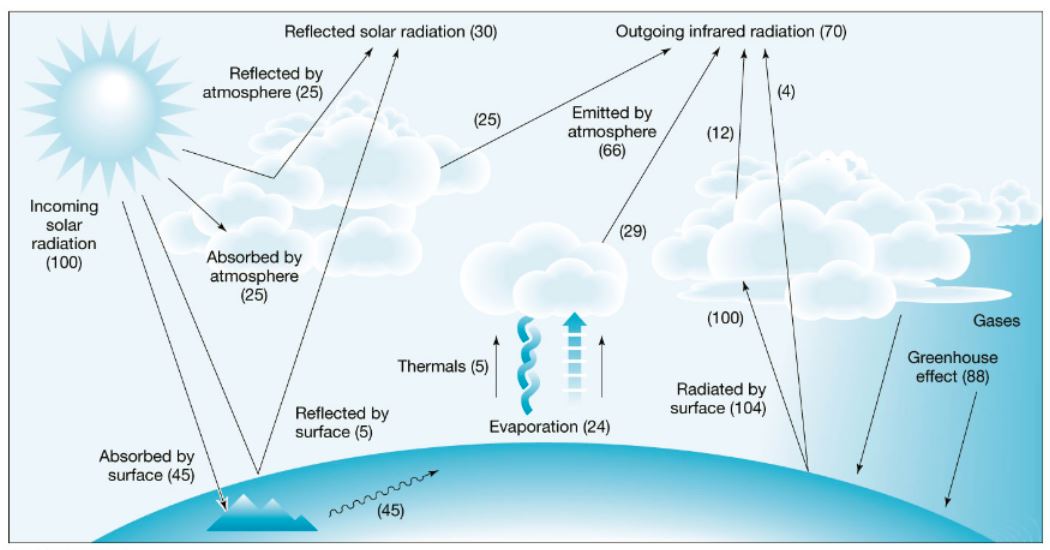Why in the News?
The US President Donald Trump called climate change the “greatest con job ever,” disgusted with the predictions based on climate models central to climate science.

What are Climate Models?
- Overview: Climate models are computer simulations using mathematical equations to represent the Earth’s climate system, including the atmosphere, oceans, land surface, and ice.
- Basis: Built on physics, chemistry, and biology, they simulate interactions among Earth’s components.
- Purpose: Forecast temperature, rainfall, humidity, sea-level rise, and extreme weather under scenarios like high greenhouse gas emissions.
- Difference from Weather Models: Weather models predict short-term local events, while climate models analyze long-term regional and global patterns.
How do Climate Models work?
- Grid System: Earth divided into a 3D grid of cells across land, atmosphere, and oceans.
- Equations: Each cell governed by equations on energy movement, air, ice, and land processes.
- Data Input: Observational data (greenhouse gases, ocean conditions, land use) fed into the model.
- Interactions: Equations simulate changes in each cell and their effects on neighboring cells.
- Outputs: Provide projections for temperature, precipitation, sea levels, ice cover, and extreme climate events.
Evolution of Climate Models:
| Model Type | What is it? | Strengths | Limitations |
| Energy Balance Models (EBMs)
(1960s) |
|
|
|
| Radiative Convective Models (RCMs)
(1960s–70s) |
|
|
|
| General Circulation Models (GCMs) (Global Climate Models)
(1970s onwards) |
|
|
|
| Earth System Models (ESMs)
(1990s–present) |
|
|
|
| Regional Climate Models (RCMs)
(1990s–present) |
|
|
|
How accurate are Climate Models?
- Strengths: Modern models predict sea-level rise, polar ice loss, temperature increases, and rainfall trends with high accuracy.
- Validation: Predictions are compared with historical climate records to confirm reliability.
-
Limitations:
- Lack of precise data on clouds, volcanic activity, El Niño events.
- Limited accuracy for regional variations (e.g., urban floods, Indian monsoon extremes).
- Less accuracy in Global South due to data scarcity and complex climate systems.
- Grid resolution (100–250 km per cell) causes oversimplification of land–atmosphere interactions.
| [UPSC 2025] The World Bank warned that India could become one of the first places where wet-bulb temperatures routinely exceed 35°C. Which of the following statements best reflect(s) the implication of the above-said report?
I. Peninsular India will most likely suffer from flooding, tropical cyclones and droughts. II. The survival of animals including humans will be affected as shedding of their body heat through perspiration becomes difficult. Select the correct answer using the code given below: (a) I only (b) II only (c) Both I and II (d) Neither I nor II |
Get an IAS/IPS ranker as your 1: 1 personal mentor for UPSC 2024

